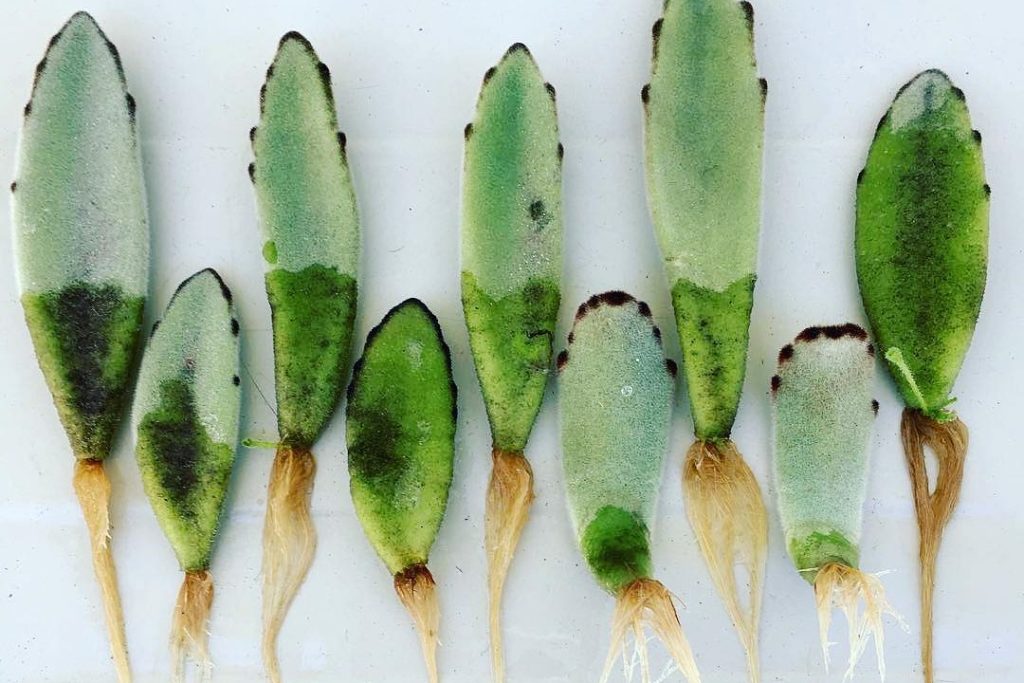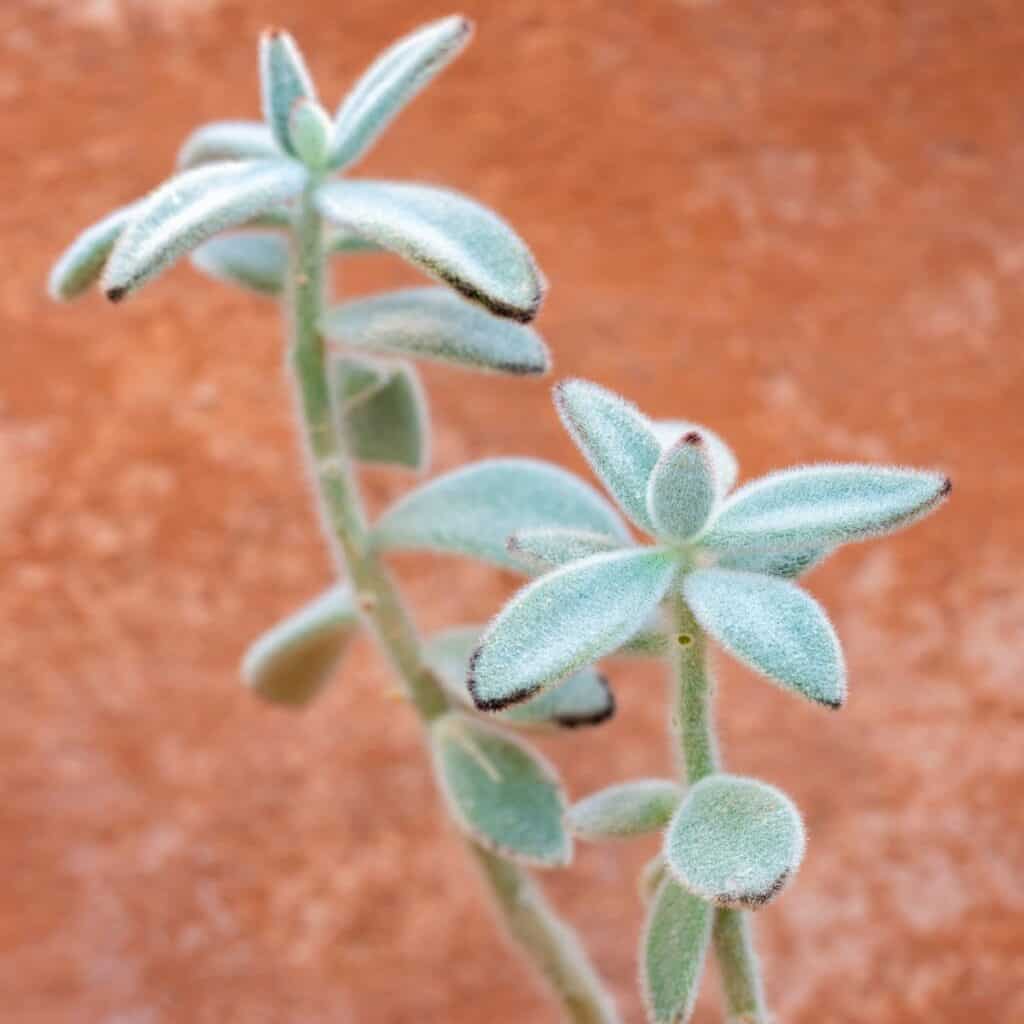Panda Plant Propagation Techniques That Work
The Panda Plant, scientifically known as Kalanchoe Tomentosa, is a delightful addition to any plant lover’s collection. With its soft, fuzzy leaves that resemble a panda’s ears, this succulent from Madagascar is both charming and easy to care for. Imagine having multiple Panda Plants adorning your home or garden, all stemming from a single plant you already own. Sounds exciting, doesn’t it?
Propagating this peculiar succulent is a straightforward process that even beginners can master. All you need is a bit of patience and the willingness to follow a few simple steps. By the end of this guide, you’ll be equipped with the knowledge to transform one Panda Plant into many, allowing you to share these adorable beauties with friends and family or create a stunning Panda Plant display.
So, let’s learn how to propagate Panda Plants and grow more of these cute succulents.

Contents
Best Time to Propagate Panda Plant
Propagation means creating new plants from existing ones. To propagate a Panda Plant, you take healthy leaf or stem cuttings and grow them into new plants. The best time to do this is during spring or summer when the plants are actively growing. This gives your cuttings the best chance to grow roots successfully.
The warmer temperatures and more sunlight in spring and summer will also give your new plants a great head start. The spring/summer season helps the cuttings heal faster too. It reduces risks from the lower humidity and cooler temperatures of fall and winter. Propagating Panda Plants in ideal conditions ensures healthier plants for your home or garden.
Ideal Conditions for Panda Plant Propagation

Propagating Panda Plants is an easy and fun activity. But to succeed, you need to provide the right environment for your cuttings. This includes the proper soil, temperature, light, and humidity.
When propagating, use a well-draining soil mix made for succulents. This allows proper drainage and air flow to the roots. You can also add 20-30% perlite or sand to improve drainage. Use a light mist of water on the soil surface and avoid soaking it for too long.
The ideal temperature range is between 65-80°F (18-27°C). Your cuttings need bright but indirect sunlight. Too much direct sun, especially at midday, can wither and kill them!
Monitor humidity levels too. Low humidity can make the leaves look dry and wilted. If needed, you can mist the leaves with a spray bottle or place the pot on a tray of pebbles and water. Creating a humidity tent by covering the pot with a clear plastic bag can also help maintain moisture levels.
Only repot once roots are at least 1 inch long, which can take up to 2 months. Use a container with drainage holes and mix some horticultural sand or perlite into the soil for better drainage. After repotting, water sparingly and provide bright indirect light.
Propagating Panda Plant from Leaf Cuttings
Propagating from leaf cuttings is a quick and easy way to create new Panda Plants. Start by selecting a healthy, undamaged leaf from the parent plant. Gently twist or cut the leaf off the stem, making sure no green tissue is left behind as this can rot.
Allow the leaf to callous over for 1-2 days. Then place it on pre-moistened soil in a shallow pot filled with a moist succulent mix. Position the leaf cut-side down and press it gently into the soil to help it root.
Cover the pot with a clear plastic bag to create a warm, humid environment. Place it in a bright, indirect light spot and mist the leaves daily. With proper care, you should see tiny roots form within 2-4 weeks.
Once roots have developed and new leaves are growing, remove the plastic and repot into a container with well-draining soil. Keep it in bright, indirect light. Water sparingly but mist often to maintain humidity.

Propagating Panda Plant from Stem Cuttings
Propagating from stem cuttings is similar to leaves but with some differences. Cut a 5 inch healthy stem from the parent plant just below a node (where new growth emerges). Remove any lower leaves and optionally dip the cut end in rooting hormone.
Fill a 4 inch pot with moist, well-draining soilless potting mix. Make a 1 inch hole in the center and insert the stem cutting. Fill in around it with more soil mix and press gently to secure the base.
Place the cutting in a warm, bright, ventilated spot. Keep the soil consistently moist but not soaking wet. A thin mulch layer can help retain moisture. Misting leaves also increases humidity.
It can take several weeks for roots to develop before new growth appears. Once new leaves emerge, you can water slightly more. But don’t overwater as this risks root rot. With good care, your cuttings will be ready for their permanent home soon.
FAQs
How do I fix my leggy panda plant?

Leggy growth is usually from lack of light or improper watering. Trim off the leggy parts and repot in well-draining soil. Place your plant in bright indirect light. Water sparingly but mist often to maintain humidity. Panda plants prefer temperatures between 60-75°F, but can tolerate brief periods as low as 35°F.
When should I repot my panda plant?
Repot your panda plant every 2 years or when roots outgrow the current pot. Use a container only 1-2 inches larger than the previous one.
Why is my panda plant growing roots on the stem?
As panda plants age, they naturally grow aerial roots from the stem. These thin roots help absorb moisture, especially in high humidity areas. More aerial roots appear if the plant isn’t getting enough water from the soil. Mist frequently and increase watering slightly, but don’t overwater.
Should I mist my panda plant?
While misting can raise humidity levels, panda plants prefer a dry environment. Too much misting leaves water on the leaves for too long, which can promote dangerous fungal growth. Mist sparingly and always use filtered or distilled water to avoid adding minerals to the leaves.
Can panda plants grow indoors?
Yes, panda plants can be grown indoors successfully. Place them somewhere with plenty of bright, indirect light. Maintain temperatures between 60-75°F.
Does the panda plant like to be root bound?
No, panda plants don’t like being rootbound. As they grow, they need more space for their roots to spread and absorb nutrients. Staying rootbound too long can stunt growth or cause wilting.
